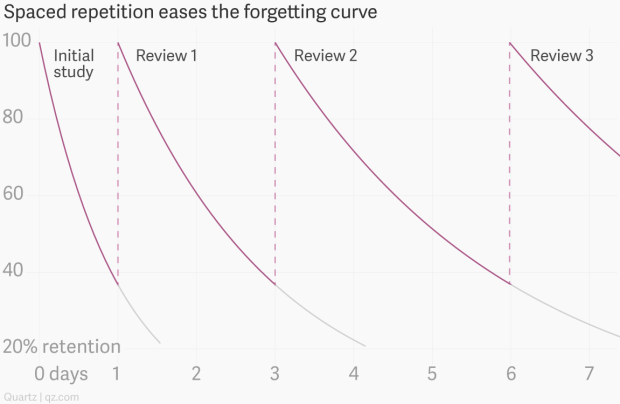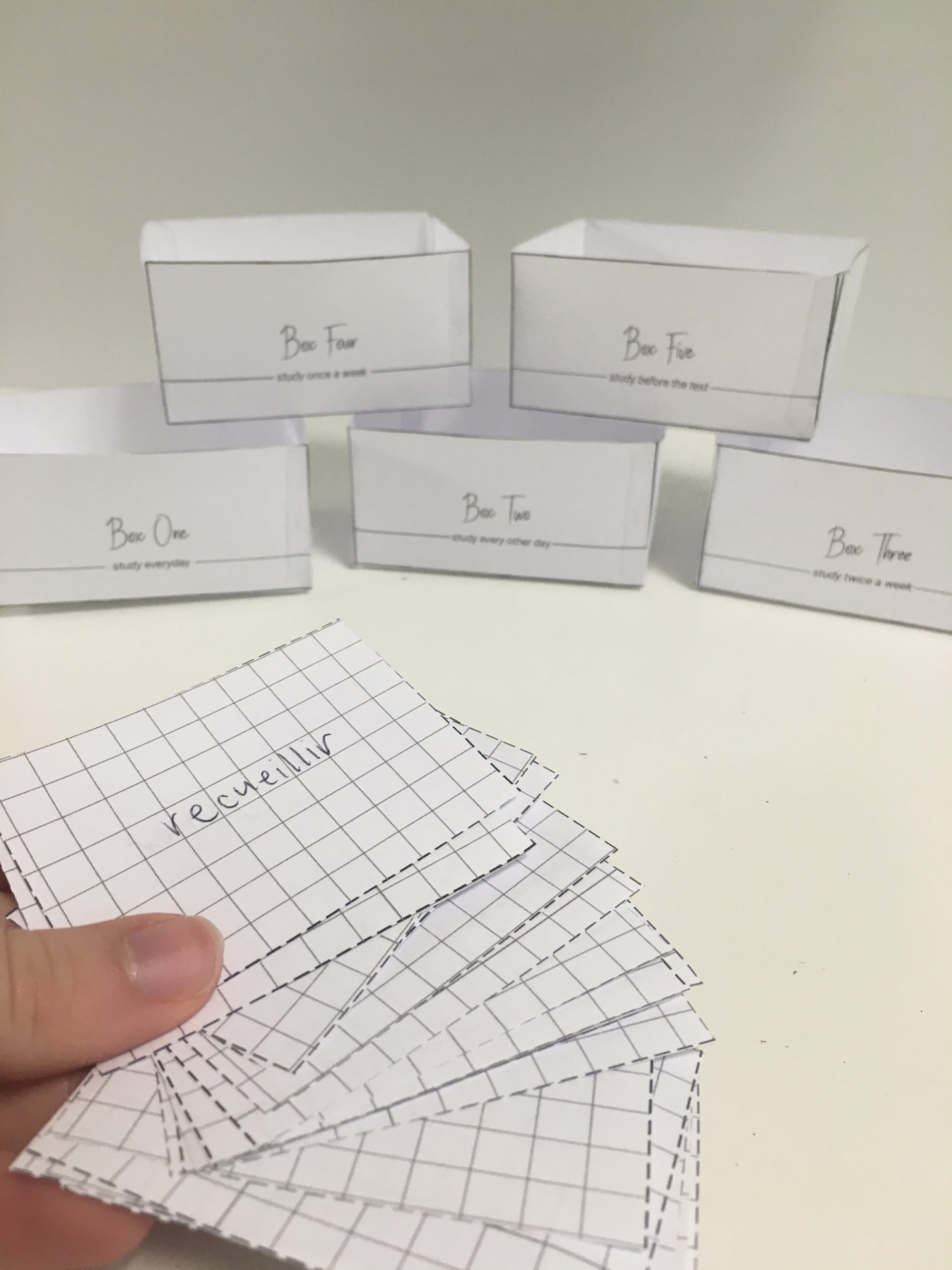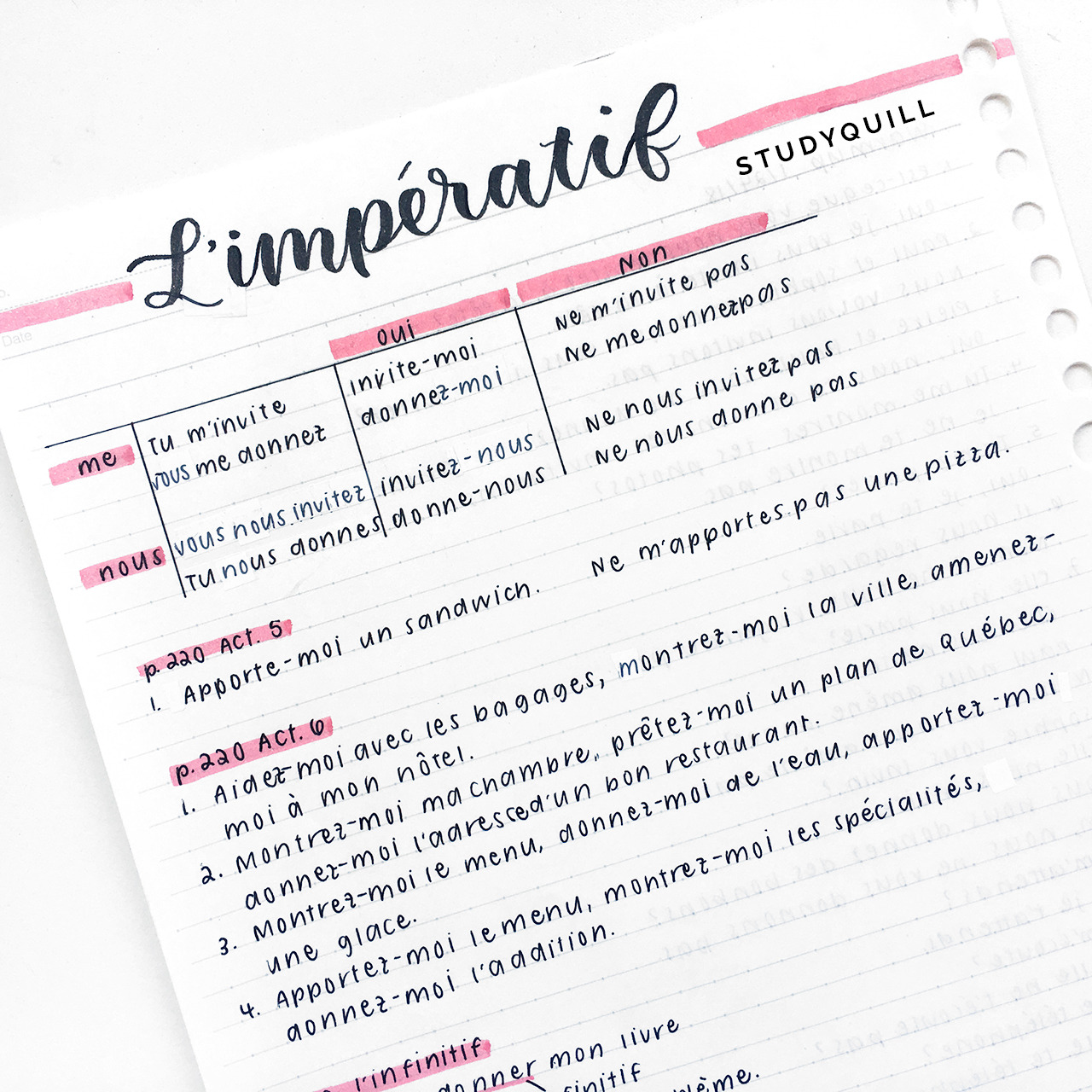
9 Super Effective Study Methods For College Students
The best study methods for college students include spaced repetition studying, Cornell note taking, Leitner boxes, Pomodoro study technique, interleaving practice, exercise before studying, brain dump, pre-testing and the Feynman technique. These study methods are the most effective as they utilise the active recall learning style which improves your ability to remember.
1. Spaced Repetition Studying
Spaced repetition (also known as distributed practice) is an effective studying method which involves studying at increasing intervals until knowledge is fully in your long term memory. It is based on research by a psychologist named Hermann Ebbinghaus in the late 1880s where he analysed memory and discovered the forgetting curve, a graph in which shows the rate at which memory decreases over time.

To overcome the curve of forgetting one needs to use spaced repetition in their study routine. Below is the same forgetting curve graph however the information has been revised and gradually increasing time intervals. As you can see the retention has gone back to to 100% at each interval.

You can apply spaced repetition studying into your college study routine by using flashcards or self-quizzing. Lots of students like to use digital flashcard apps that have spaced repetition software such as Anki but you can also make physical flashcards and use the leitner system which I go into more detail below.
To keep track of the spaced repetition intervals and my study progress I like to use the curve of forgetting printable sheets. These sheets let my write the specific content I am studying and then tick off each study interval as I study it. These study intervals are 1 hour, 1 day, 1 week, 2 weeks, 1 month, 3 months and 6 months.

2. Cornell Note Taking
Another great study method for college students are taking Cornell notes and then studying them properly. This note taking method involves dividing an A4 page into 3 sections called the cue column, note taking area and summary area. You can see how to lay out your page in the image below.

Here is a brief explanation of how the Cornell Note Taking technique works:
- During class time take notes in the ‘note taking area’. Write just the main ideas, use paraphrasing, use symbols and abbreviations and maybe colour code.
- Then ASAP after class write down relevant question in the cue column which will help you recall the information that is in your notes. You can also include keywords to prompt active recall
- Then later in the day write a succinct summary in your own words in the summary box. I suggest that you do this without looking at your notes and then filling in missing information afterwards.
- I like to use this printable Cornell Note Taking Template that you can find here!
Don’t forget to check out The Ultimate Guide To Taking & Studying Cornell Notes so you can learn how to properly study Cornell Notes! It’s a well kept secret that will definitely help boost your grades!
3. Leitner Boxes
Leitner Boxes are a more specific study technique for spaced repetition. In short, The leitner system uses five study boxes that are labelled box one, box two, box three, box four and box five. Each box has a study schedule for example, study everyday, study every second day etc. You make some flashcards with question and answers on their respective sides. All flashcards start in box one. Flashcards move up boxes as they are answered correctly and back to box one if they are answered incorrectly.
You can make your own leitner boxes or use the printable leitner boxes that I designed here!

4. Pomodoro Study Technique
The pomodoro study technique is a good study method for college students who struggle with focusing and/or procrastination.
There are 5 steps to the Pomodoro study technique:
- Decide on 3 study tasks that you will complete today.
- Break these tasks down into subtasks that can be achieved in roughly 25 minutes each.
- Put on a 25 minute timer, write down the start time.
- Study with full focus until the timer ends. Write down your end time.
- Have a study break. Between each study session you get a short 5 minute break. After completing 4x 25 minute sessions you can have a longer break of 20-25 minutes.

5. Interleaving Practice
Interleaving practice is the opposite of blocked practice. In blocked practice one focuses on one concept or one problem type for a long period of time. Then moves onto the next block practice. Alternatively, interleaving practice is when you learning two or more related concepts or skills, instead of focusing exclusively on one concept at a time.
Blocking is like AAABBBBCCC while interleaving is like ABCABCABC. In the instance of studying Calculus it might be like integration, differentiation, curve sketching, integration, differentiation, curve sketching instead of blocking integration, integration, differentiation, differentiation, curve sketching, curve sketching.
There has been lots of research into the benefits of interleaving studying over blocking studying by neuroscientists and psychologists. Cognitive psychologists believe that interleaving improves the brain’s ability to differentiate between concepts. It also strengthens memory associations as it involves retrieval practice and is thus more difficult than blocked practice.
6. Exercise Before Studying
Another scientifically backed student method is to exercise before you start studying. Research shows that just 20 minutes of exercise can improve concentration and help you focus on your learning.
Exercise also boosts your mood which is very important when it come to studying and your motivation. Being happy and enthusiastic will help you retain a positive mindset even when your college work starts piling up.
7. Brain Dump
The brain dump technique is another active recall method that is great for college students to use. Simply get a piece of paper, decide on a topic you want to revise and then write down everything you know about the topic. Do not look at any source materials like your study notes or textbooks.
This technique tests your knowledge and simultaneously works your memory. It’s an effective technique as it also mimics test conditions. You could even go to the extent of setting a timer to build the time pressure while doing this study technique.
8. Pre-Testing
Research has shown that pre-testing improves students real exam results more than spending the same amount of time studying.
It’s a super simple study method for college students to use. Pre-testing is just doing some questions and exercises before formally learning the content. Even if you get them incorrect, studies show that your future learning is enhanced.
9. The Feynman Technique
The Feynman technique is a method for learning a concept quickly by explaining it in simple and plain language. There are many ways on how you can implement the technique into your study routine however the simplest method just involves a piece of paper
There are four steps to the Feynman technique:
- Get a piece of paper and write the name of the concept at the top.
- Explain the concept in your own words as if you were teaching it to someone else. Teaching doesn’t mean a short, simple explanation or a broad overview. You should use a few examples in your explanation to make sure you can put the concept into action.
- Next review the explanation. Identify the areas you didn’t know so well. The go back to your notes or textbook to improve your understanding in these areas.
- Lastly, look through your explanation and circle or underline sections where you have used very technical language. Rewrite these sections with simpler terms. The aim of this explanation is that it can be understood by someone who doesn’t take the same subjects as you.
If you take notes using your iPad, you need to know these 12 iPad note taking tips! They will make …
There are many different note taking methods that can work well for language learning. To take effective notes for language …
To take pretty notes you need to firstly choose a consistent colour scheme. Next you should draw an eye catching …
To take notes on a PDF on an iPad you need to use a note taking or PDF reading app …
To get motivated to do school work one should set SMART goals, work in a motivating environment, break large projects …
To take aesthetic notes one needs to choose a consistent colour scheme, use eye catching titles and headers, invest in …






